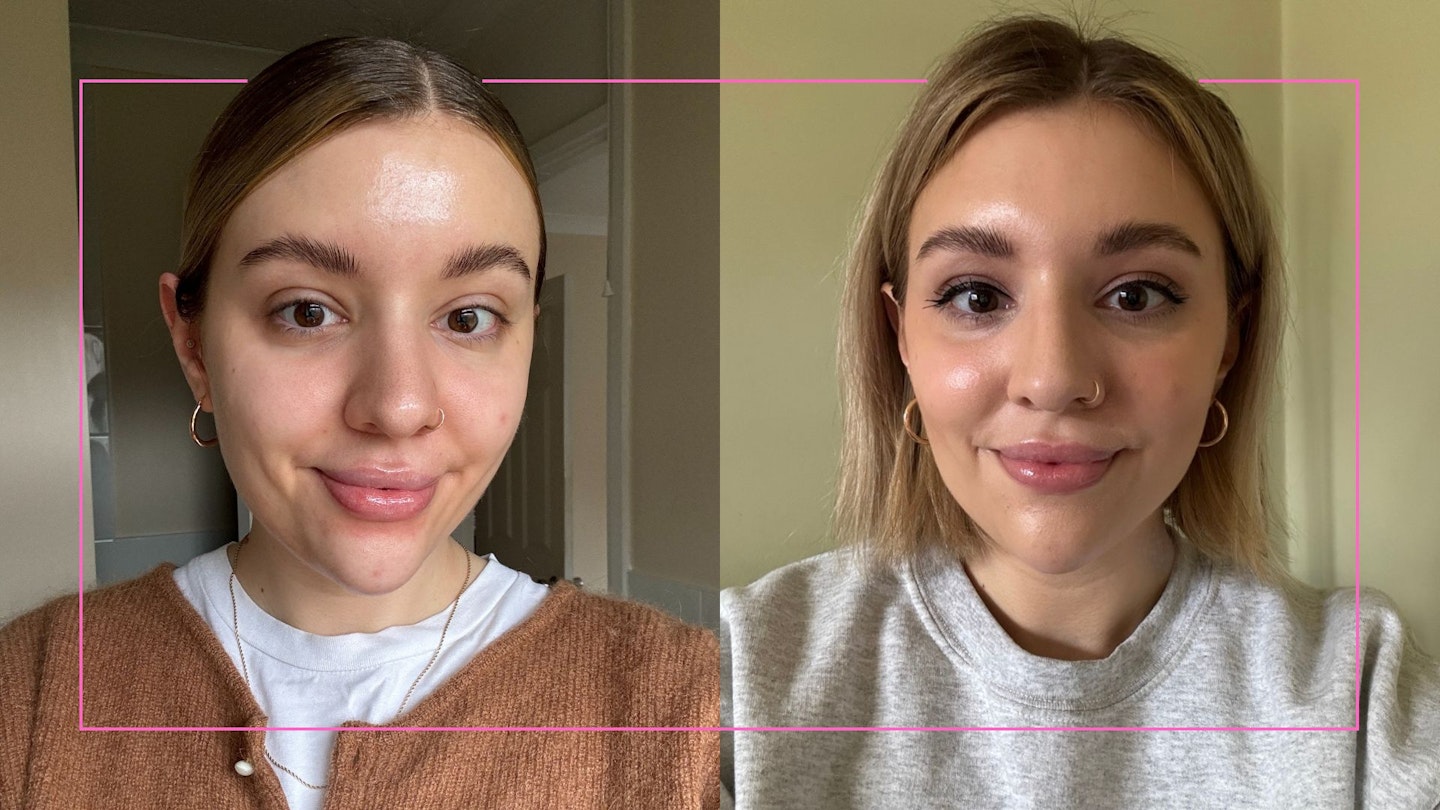My relationship with‘traditional’ Botox was not a very long one. While I’ve been getting subtle-looking fillers for several years now (and don’t think I’ll ever stop!) Botox has been another beast entirely. There’s something about it that never really worked for me; perhaps it’s that at 31, I’m not at a stage in life where I ‘need’ it yet. Or it may be I’m just not a huge fan of the results; as a millennial growing up in the social media age, I’m tired of the now-outdated ‘frozen face’ of yesteryear.
I know Botox can work amazingly for some, and if used by a reputable injector, results can be super subtle. But I’m a naturally expressive person, and I like seeing the signs of a well-lived life upon my face. I am however a fan of aesthetic treatments in general, and love the idea of a ‘tweakment’ that can enhance what I already have in a natural-looking way. Enter: Microtox, the newest aesthetic treatment hailing from South Korea. While it contains the Botulinum toxin found in ‘Botox,’ it’s used in a totally different way for entirely different results, and thus feels a little like the ‘Anti-Botox’ treatment of our time.
I was first introduced to it by my long-time injector and friend, aesthetic doctor Dr Christine Hall, of the TakTouk clinic (owned by Dr Wassim TakTouk). Knowing her audience well (I’m obsessed with glow), she first sold it to me as the newest frontier in getting that radiant, smooth all-over skin finish. 'In our clinic, we’re referring to Microtox [also known as "Skin Botox" or “Micro Botox’] as the "glass skin treatment," as this is the final look the treatment achieves,' she tells me.

Both the placement and formulation are what sets it apart from traditional muscle-relaxing Botox injections – along with the fact you usually require around 20-100 tiny injections, depending on how much area is covered (it is most commonly used on the lower face, neck, around the eyes and forehead). 'To create ‘Microtox,’ you make a more diluted solution of Botox by mixing it with either sodium chloride or NCTF (a skin booster),' Christine explains. 'You then inject it into the very top surface of the skin: instead of the actions being in the body of the muscle, the injections inhibit the most superficial fibres of the muscle which attach to the dermis – the layer of the skin which contains blood vessels, hair follicles and sweat glands.' This means that specific concerns such as flushing, enlarged pores and excess sweating can be addressed.
As mentioned however, the overall result is smoother-looking skin that brings you one step closer to that much-coveted 'glass' look. While both Botox and Baby Botox concentrate on deeper injections for muscle relaxation and targeting fine lines through movement, says Cosmetic Physician Dr Emmaline Ashley, 'Microtox takes a different approach by focusing on skin quality and texture without substantially affecting muscle dynamics.' Dr Christine adds: 'By inhibiting the superficial fibres of the muscle on those top layers, the pulling and tethering effects on the skin are reduced whilst the movements in the main body of the muscle are maintained, which gives a smoothed complexion and a relaxed appearance. People get an airbrushed look and a lustre that you do not get with standard Botox injections.' These results can be seen as soon as a few days post-procedure, but usually around the 10th to 14th day.
This approach to using Botox is certainly a sign of the times in aesthetics, and more widely. As a beauty editor, I’ve noticed a distinct shift towards more natural-looking results and techniques that enhance what we already have, rather than changing it drastically. Several friends of mine in the industry (and in the millennial bracket) have, like me, decided that traditional muscle-relaxing Botox just isn’t for them right now.

Within the aesthetics industry, this move away from popular traditional methods certainly hasn’t gone unnoticed, either. 'The increasing popularity of treatments like Microtox reflects a broader shift in aesthetic preferences towards more natural and understated outcomes,' says Dr Emmaline. 'Most patients I encounter are requesting enhancements that offer a refreshed and rejuvenated appearance without dramatically altering their natural facial expressions or features.'
Both doctors I spoke to recognised that our focus has switched to celebrating individuality and looking our healthiest, rather than obviously ‘tweaked,’ or just like everybody else. 'We are valuing everyone’s own individual and unique beauty, and not allowing societal pressure to tell us we all have to look the same,' notes Dr Emmaline, with Dr Christine adding there’s 'a definite shift towards skin boosters and treatments, and away from things like filler,' causing a drive 'towards people not wanting to look different, but maintain how they look' with 'healthy, glowing, dewy skin' now the priority.
My own experience with Microtox reaffirmed that injectables do work for me, just through more modern, innovative approaches. I was given around 100-150 injections, which sounds terrifying but with numbing cream and a tiny needle, was pretty pain-free. In fact, the biggest issue on the day wasn’t the pain; it was the redness and inflammation afterwards. This treatment does require downtime; you need at least 15 minutes afterwards to sit and wait for things to subside, and a couple of days for all needle markings to dissipate entirely.
Watch: Microtox in action
I’m pretty happy with the results; my skin feels smoother and more taut, and I’ve regained some of my glow, which in past months I’ve lost due to stress, late nights and skin picking. For millennials like me whose favourite compliment of all time is ‘your skin is looking great,’ this is right up our street. It focuses on fine-tuning skin and promoting inner radiance, contributing to a fresher, more youthful glow overall. This undeniably ties in to our new-found fascination with wellness and health, and seems to suit a modern approach to natural beauty and wellbeing far more than severe face-freezing injections deeper into the muscle.
That said, it’s not cheap – and it’s not for everybody. The TakTouk clinic charges £695 for a ‘glass skin’ Microtox appointment, or from £1495 for a package that also includes 2-3 sessions of injectable skin boosters. Clinics up and down the country should offer it, you may just need to enquire at a consultation for availability and price. Those with very dry skin or deep lines and wrinkles should avoid the treatment, along with anyone who’s pregnant or breastfeeding (as is standard for any treatment using the Botulinum toxin).
If injected by a reputable professional, adverse side effects are rare, but as with all treatments they are always possible. Bruising is the most common, and infection is a potential side effect, too. Dr Christine adds: 'If Botox is not injected using the correct technique it has potential to result in facial asymmetry, but really shouldn’t when done well.' If you experience any of these or are concerned, contact your injector.
For anyone else, this newest frontier in natural aesthetics is worth a try if you want to forgo Botox in favour of something a little different, and for smooth, radiant, more subtle-looking youthful skin. Hailing from forward-thinking skincare oasis South Korea, I’m confident in saying this is the ‘anti-Botox Botox’ treatment of the future.

